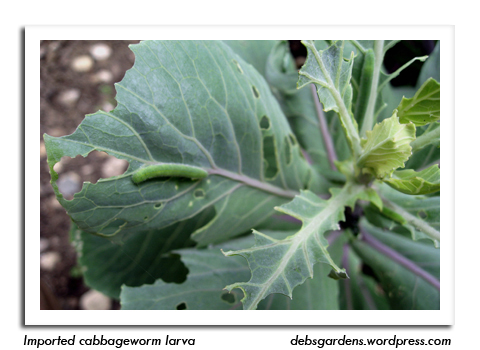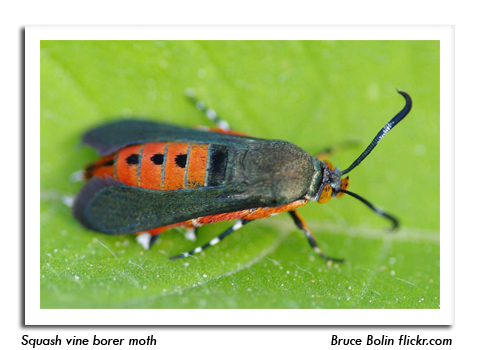
 |
|
|
Vegetables
Volume 64 Number 8 Date 06/20/2019 POTATO LEAFHOPPER - Counts in alfalfa have increased markedly since the last report, indicating that populations are likely building in vegetable hosts such as snap beans and potatoes. Commercial vegetable growers may use an insect sweep net to monitor fields, taking 25 sweeps per sample site and sampling from at least five sites per 30 acres. The protocol for gardens or smaller-acreage farms involves counting nymphs and adults by turning over 25 leaves from the middle of the plant. Recommended treatment thresholds for potatoes are one adult per net sweep or an average of 2.5 nymphs and adults on the undersides of 25 potato leaves. In snap beans, the threshold is 0.5 adults and nymphs per sweep for seedlings, and one leafhopper per sweep for larger plants in the third trifoliate to bud stages. ZEBRA CATERPILLAR - This infrequent pest, named for its prominent black and yellow longitudinal stripes, was defoliating cauliflower leaves at a St. Croix County CSA on June 18. Larvae feed during the day on the foliage of a variety of broadleaf crops and ornamentals, causing ragged leaves. The young caterpillars initially feed together in groups, but later separate and feed individually. The zebra caterpillar occurs sporadically in Wisconsin and is generally not considered a serious pest. Manual removal of the larvae is the preferred form of control. IMPORTED CABBAGEWORM - Damage caused by larger cabbageworms has become very conspicuous, making the velvety green caterpillars generally easy to find and remove from gardens and smaller plantings. For larger commercial cabbage crops where chemical control may be required, ICW populations should be assessed weekly by examining 25-50 randomly-selected plants (depending on field size) and recording the number of infested plants. A plant is infested if eggs or caterpillars are found. Control decisions should be made based on a threshold of 30% infestation in the transplant to cupping stages; 20% infestation from the cupping to early head stages; and 10% from early heading until harvest. For broccoli and cauliflower, the threshold decreases to 10% once flowers or curds begin to develop, to maintain quality. SQUASH VINE BORER - Moth emergence is expected to begin next week in warm southern Wisconsin locations. Close inspection of pumpkins, squash, gourds, and other vine crops for eggs and evidence of larval boring should start once 900 degree days (simple base 50°F) have been reached. If insecticide use is warranted for SVB control, materials must be applied before the larvae bore into vines and become protected by vine tissue. Applying treatments while runners are shorter than two feet long is most critical. -- Krista Hamilton, DATCP Entomologist 




|
|
|